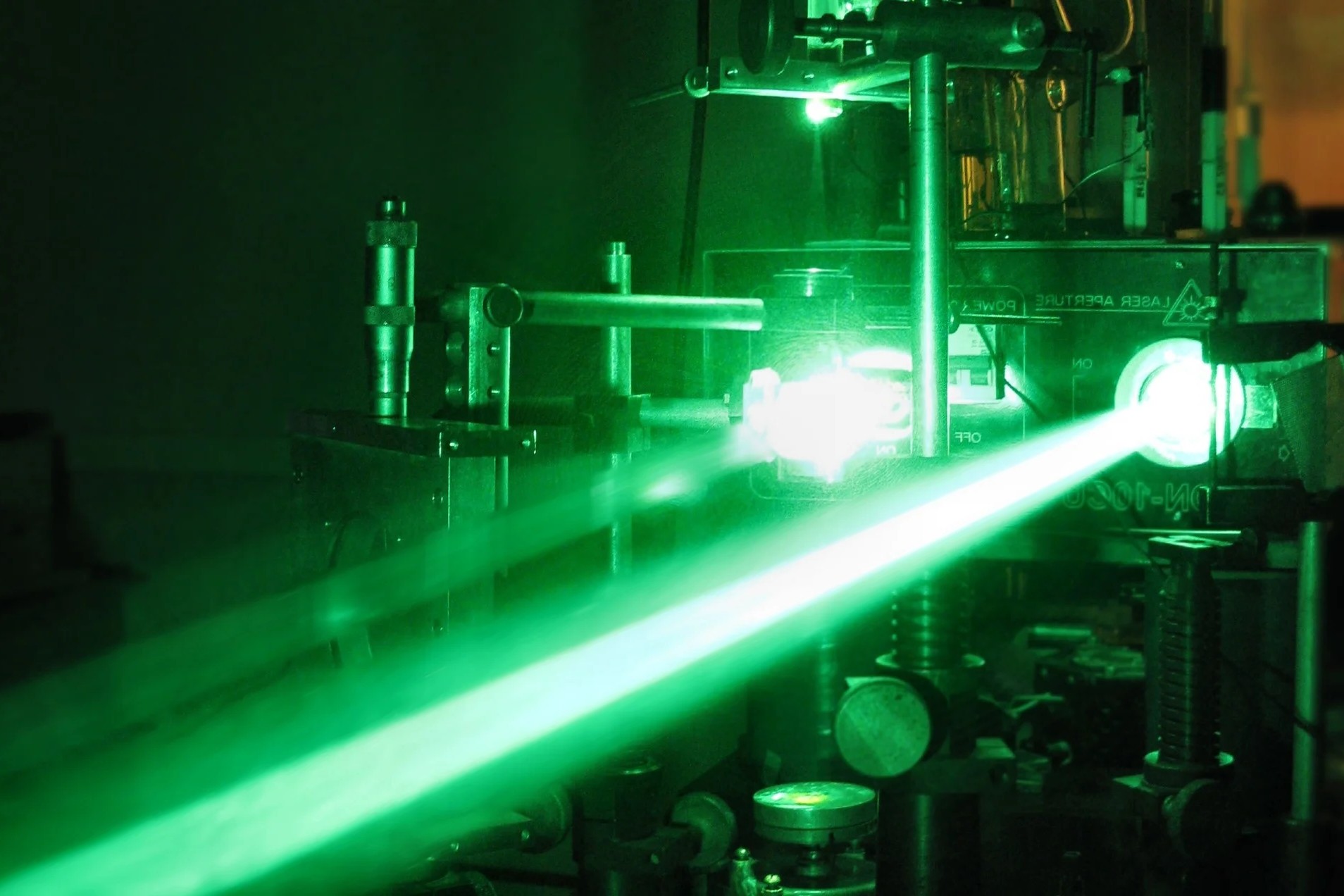
Lasers are everywhere! From your favorite sci-fi movies to everyday gadgets, these beams of light have transformed our world. But what exactly makes them so special? Lasers stand for "Light Amplification by Stimulated Emission of Radiation." They produce a narrow, intense beam of light that can cut through metal, read barcodes, and even perform delicate eye surgeries. Did you know that the first laser was built in 1960 by Theodore Maiman? Since then, lasers have become essential in medicine, communication, and entertainment. Ready to learn more? Here are 28 fascinating facts about lasers that will light up your curiosity!
What is Laser?
Laser stands for "Light Amplification by Stimulated Emission of Radiation." This technology has revolutionized many fields, from medicine to entertainment. Here are some fascinating facts about lasers.
-
The first laser was built in 1960 by Theodore H. Maiman at Hughes Research Laboratories.
-
Lasers produce light that is coherent, meaning the light waves are in phase and travel in the same direction.
-
Unlike regular light, laser light is monochromatic, consisting of one color or wavelength.
-
Lasers can be incredibly powerful. The most powerful laser in the world, the Extreme Light Infrastructure (ELI) in Romania, can produce 10 petawatts of power.
Types of Lasers
Lasers come in various types, each with unique properties and applications. Here are some of the most common types.
-
Gas lasers use gases like helium and neon to produce light. They are often used in barcode scanners.
-
Solid-state lasers use a solid material as the gain medium. The Nd:YAG laser is a popular example, used in medical procedures and manufacturing.
-
Semiconductor lasers, also known as diode lasers, are used in everyday devices like DVD players and laser pointers.
-
Dye lasers use organic dyes in liquid form as the gain medium. They are tunable, meaning their wavelength can be adjusted.
Applications of Lasers
Lasers have a wide range of applications, from everyday uses to specialized fields. Here are some examples.
-
In medicine, lasers are used for eye surgery, tattoo removal, and cancer treatment.
-
Lasers are essential in telecommunications, enabling high-speed internet through fiber-optic cables.
-
In manufacturing, lasers are used for cutting, welding, and engraving materials.
-
Lasers play a crucial role in scientific research, including studying atomic and molecular structures.
Fun Facts About Lasers
Lasers are not just functional; they also have some fun and surprising aspects. Let's explore some of these.
-
The word "laser" was originally an acronym for "Light Amplification by Stimulated Emission of Radiation."
-
Lasers are used in entertainment, such as light shows at concerts and theme parks.
-
The Guinness World Record for the longest laser beam is held by a team in Germany, who created a beam that traveled 144 kilometers.
-
Lasers are used in holography to create three-dimensional images.
Safety and Lasers
While lasers are incredibly useful, they can also be dangerous if not handled properly. Here are some safety facts.
-
Laser pointers can cause eye damage if pointed directly into the eyes.
-
Class 4 lasers are the most dangerous and can cause skin burns and eye injuries.
-
Safety goggles designed for specific laser wavelengths are essential when working with high-powered lasers.
-
Many countries have regulations governing the use of lasers to ensure public safety.
Lasers in Popular Culture
Lasers have made their mark in popular culture, often depicted as futuristic and powerful. Here are some interesting cultural references.
-
In "Star Wars," lightsabers are essentially fictional laser swords.
-
James Bond's "Goldfinger" features a memorable scene where Bond is nearly cut in half by a laser.
-
Lasers are a staple in science fiction, often used as weapons or tools for space exploration.
-
The "Laser Tag" game, popular among kids and adults, uses infrared lasers for a fun, competitive experience.
Future of Lasers
The future holds exciting possibilities for laser technology. Here are some forward-looking facts.
-
Researchers are developing laser-based propulsion systems for space travel.
-
Lasers could be used to create fusion energy, offering a potential solution to the world's energy crisis.
-
Advances in laser technology could lead to more precise medical treatments, reducing recovery times and improving outcomes.
-
Quantum computing may benefit from lasers, as they can manipulate quantum bits (qubits) for faster and more efficient processing.
The Power of Laser Technology
Laser technology has transformed our world in countless ways. From medical advancements to everyday gadgets, lasers play a crucial role in modern life. They’re used in surgeries, manufacturing, communication, and even entertainment. The precision and versatility of lasers make them indispensable in various fields.
Understanding the basics of laser technology helps us appreciate its impact. Knowing that lasers are more than just beams of light opens our eyes to their potential. They’re tools that have revolutionized industries and improved lives.
As technology advances, the applications of lasers will continue to grow. Staying informed about these developments keeps us connected to the innovations shaping our future. Whether it’s in healthcare, industry, or daily life, lasers are here to stay, making our world brighter and more efficient.
Was this page helpful?
Our commitment to delivering trustworthy and engaging content is at the heart of what we do. Each fact on our site is contributed by real users like you, bringing a wealth of diverse insights and information. To ensure the highest standards of accuracy and reliability, our dedicated editors meticulously review each submission. This process guarantees that the facts we share are not only fascinating but also credible. Trust in our commitment to quality and authenticity as you explore and learn with us.
